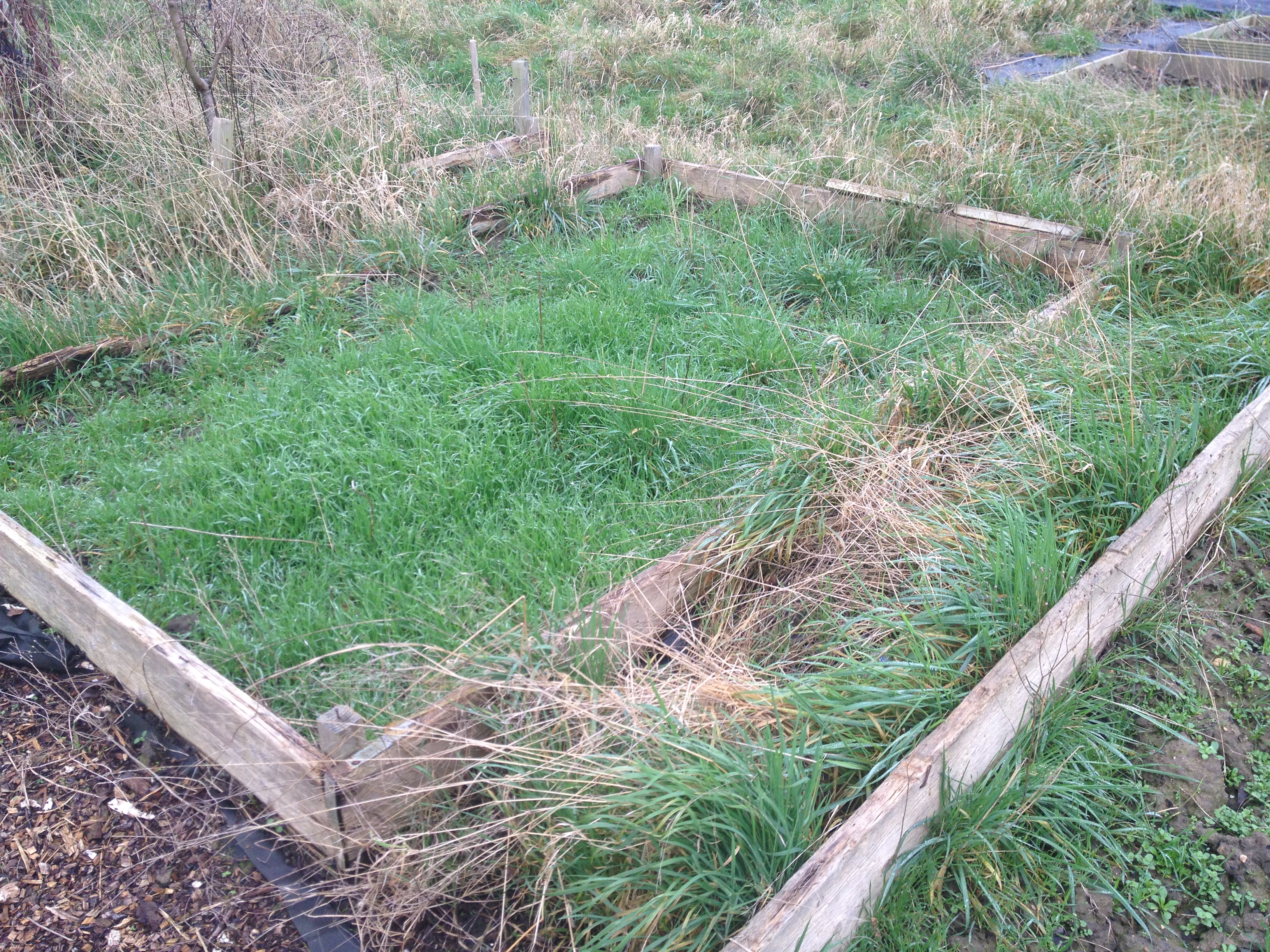Its about this time of year that many people end up taking on their first allotment plot. People tend to give up their allotments in winter, and many allotment societies collect their subscriptions early in the year, so there tends to be a fresh batch of plots ready to be dished out to eager new allotmenteers early in the spring.
If you’re one of those people who’ve received a phone call inviting you to come down and choose your plot, possibly after a wait of many years, I have a few words of advice:
- Arrange to choose a plot as soon as possible. In many cases allotment societies will have a few to pick from, and they tend to be given out on a first-come, first-served basis. If you want the best plot get there quickly.
- Consider carefully whether you want a full or a half-size plot. A full size plot is 250 square metres, and will require around 8 hours works a week. Many allotment societies will only give out half plots to start with. Be careful taking on a full size plot as a novice, because it is a lot of work and I think its better to manage a smaller plot well, rather than manage a larger plot badly.
- Ask questions of the person showing you around. In particular, find out if they know whether the plot has a more difficult weed problem like mare’s tail. (Bare in mind though that a plot with weeds might in fact be a sign of fertile soil.) Find out whether there are perennial crops planted like asparagus. Find out where the nearest water point is. Find out whether there are flooding issues known on the plot. All of this information can be important in choosing your plot.
- Finally, once you’ve received your plot, don’t be put off if its a little overgrown. Don’t rotavate the ground if its packed with weeds, as this will make a perennial weed problem worse. Instead, cover the ground, (or if you’re not too squeamish about weedkillers use those), and dig through the plot methodically to remove weeds and make the beds usable again.
